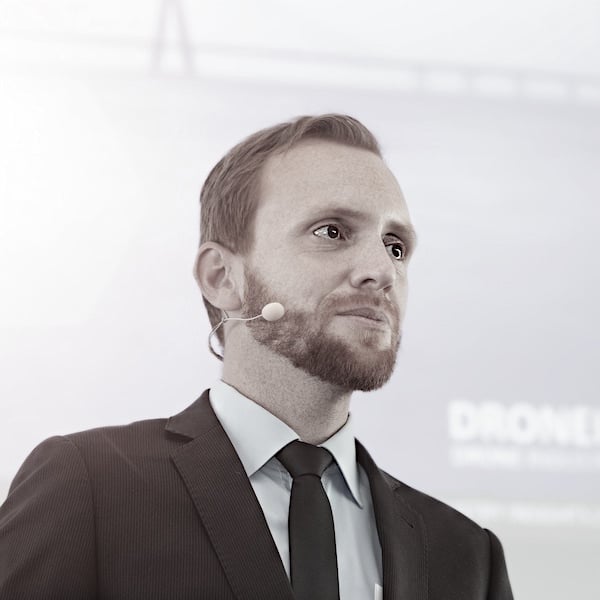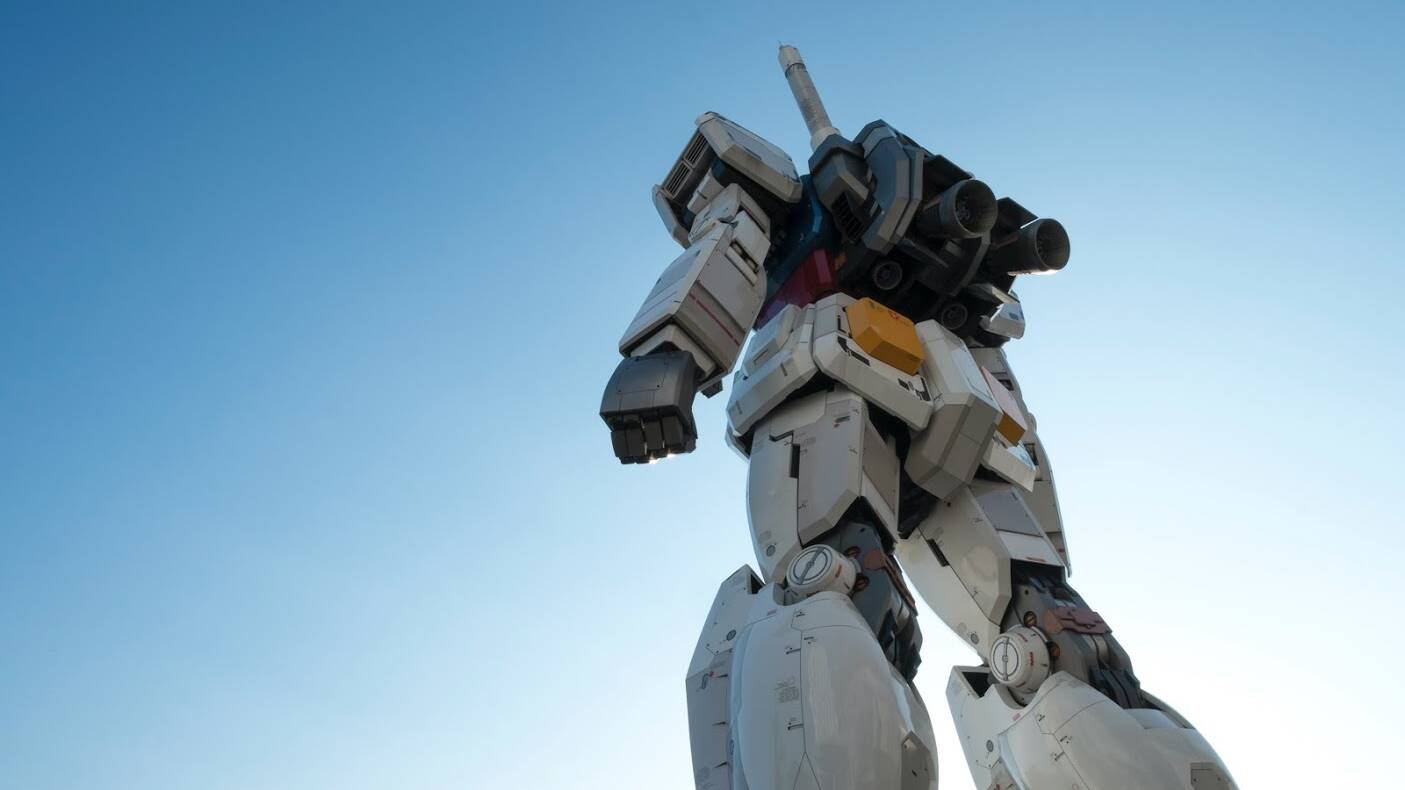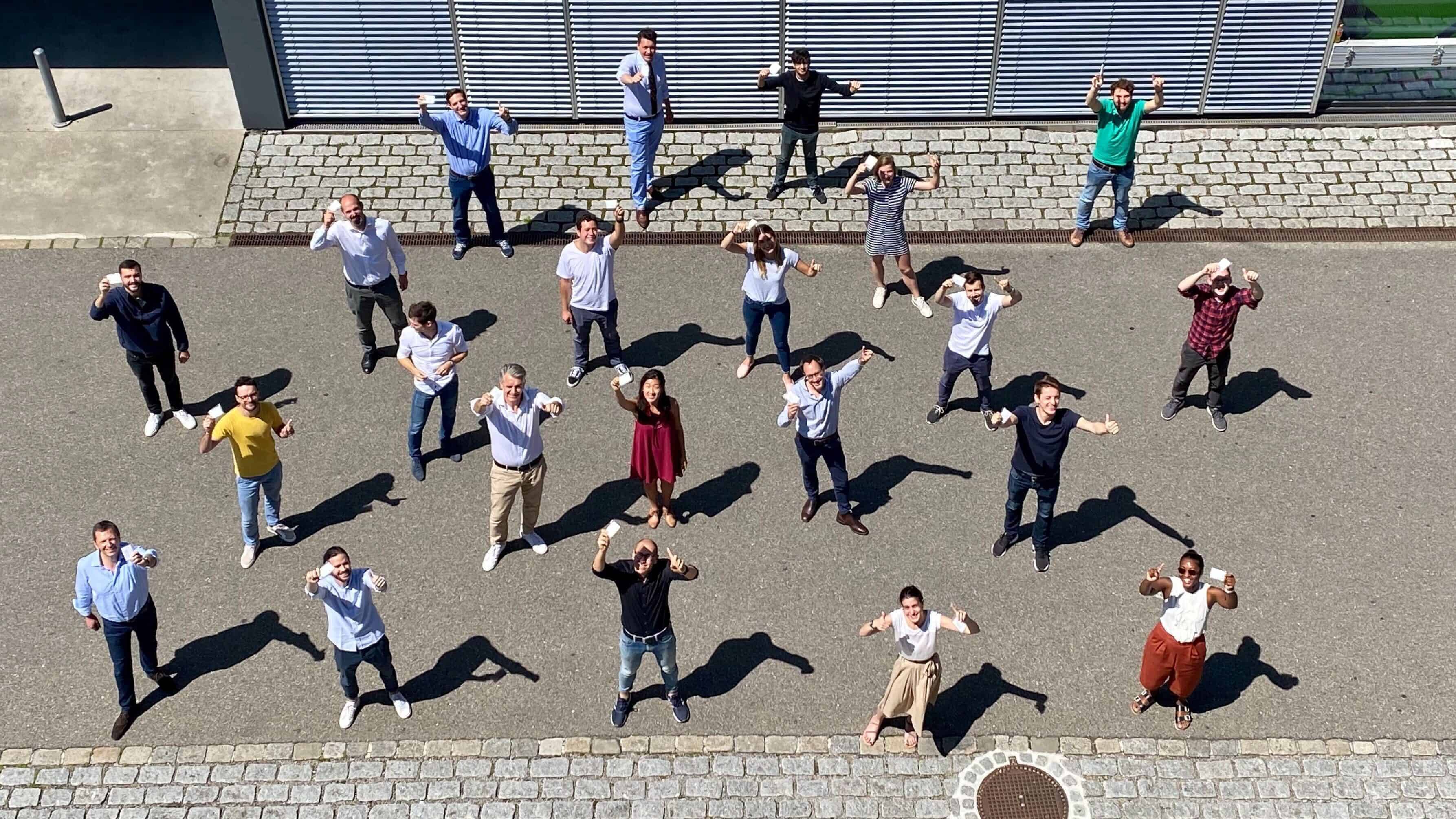Investments in drone startups have gone up considerably in the last few years and reached USD 1.2 billion in 2019. Venture capital firms contributed two-thirds of that sum. Why does Verve Ventures invest in drone startups and what are the current trends? The drone market experts Kay Wackwitz and Hendrik Boedecker exchange ideas with our Investment Manager Romeo Bütler.

Co-founder and CEO, Drone Industry Insights
Kay Wackwitz is co-founder and CEO of Drone industry insights (DRONEII), the leading market intelligence firm in the field. Kay is an Aeronautical Engineer with over 22 years of experience in the manned and unmanned aviation industry. He worked at Lufthansa Technik, Hawker Pacific Aerospace, and Ameco.

Co-founder and CTO, Drone Industry Insights
Hendrik Boedecker is co-founder and CTO of DRONEII. He is an expert in aviation law and commercial drones with over 13 years of experience in the field. At Lufthansa Technik, he was the single point of contact to Civil Aviation Authorities of Germany, the Middle East, and Asia. He also authors DRONEII’s yearly drone investment report.

Investment Manager at Verve Ventures
Romeo Bütler is Investment Manager at Verve Ventures and led our investments in the drone companies Wingtra and Verity. Romeo has a bachelor in Biotechnology and Bioengineering and a master in Management, Technology, and Economics from ETH Zurich.
Romeo: Why did you found Drone Industry Insights?
Hendrik: We founded the company in 2015 because we encountered a problem. We are both from Hamburg with a background in aviation and wanted to use drones ourselves, with the initial idea to inspect bridges. When we tried to research very basic questions like who are the manufacturers of commercial drones, what models are there and what is the regulatory situation, it turned out to be very challenging to find answers. There was a need for reliable market intelligence. So we started Drone Industry Insights and have established us very well since. We do primary market research by talking to all stakeholders in the industry. We also use databases for quantitative purposes. We publish databases, free and paid reports, and frequently carry out commercial due-diligence projects for investors. Our clients include a lot of different stakeholders like drone firms, large chip manufacturers, aerospace companies and even governments.
What about you, why did you decide to invest in drones?
Romeo: At Verve Ventures, we cultivate very close ties to ETH and EPFL and are the second-most active backer of their spinoffs. We’re not driven by investment themes, but rather take a bottom-up approach. We ask ourselves if a startup has developed a pertinent and defensible solution to a relevant problem and if the market is big enough to make an attractive exit multiple realistic. In the case of Wingtra, we’ve known the founders for several years. The technology developed at ETH allows their drones to combine the best attributes of a quadcopter drone (vertical takeoff) with a fixed-wing drone (horizontal flight) and therefore to start and land like a helicopter but fly like a plane, which allows them to cover larger areas than conventional quadcopter drones. This is a pertinent advantage in different markets like surveying, agriculture or others. But speaking of imaging applications in general, there is always the question of competition by satellite pictures. How do you see this competitive threat for the drone industry?
Kay: The prices for satellite images have been falling very rapidly, so yes, this threat is real. But satellites also have their weaknesses, for example their lower accuracy and lack of flexibility. In many aspects, drones are hard to beat. They fly low and slow, below clouds and can be deployed at much higher flexibility. An interesting concept is e.g. the platform Airbus Aerial that combines data from satellite, camera-equipped planes and drones and makes it available via the cloud.
Romeo: In the end, it is not just a technical question, but it also matters if the end-clients are ready to accept the technology. For imaging, agriculture would be a huge market, but getting the buy-in from farmers is difficult, if they’re not running very large and very technologically oriented farms. So, it’s very important to gauge, from an investor perspective, if a market can actually deliver what its size promises. Do you think due to this disillusionment the drone hype from a few years back has cooled off?
Hendrik: There certainly was a lot of hype and many companies that raised a lot of money have failed, especially if they tried to compete with Chinese drone manufarcurer giant DJI. Take Airware, they got more than USD 100 million from VCs and have nothing to show for it. In this regard, I admire companies such as Wingtra that raise a lot less capital but actually make huge progress. How much did they raise in their latest round?
Romeo: CHF 10 million in their Series A.
Hendrik: See. It’s a good thing to back those companies that don’t overpromise. In general, according to the industry barometer we recently published, many drone companies are in a difficult phase. The Coronavirus crisis has affected them as well and they have to fight their way out of this hole. Those who have found their niche and have good backers will succeed, but we’re also going to see consolidation in the market.
Romeo: One segment where the investment activity is still very high is passenger drones. Joby raised USD 590 million this year for their air taxi. I’m still skeptical how relevant this field is going to be and what the actual business case is for those providers.
Kay: It’s true that the financing rounds in the US are always just a lot bigger, Lilium in Munich manages to do the same with much less money. Passenger drones are very interesting and also controversial at the same time. A helicopter flight to or from JFK airport costs USD 150 today. The only reason to pay this is because you save time. But imagine if this traffic increases a thousandfold. People don’t want that, there is a lack of social acceptance. These drones aren’t much quieter than a helicopter, and then there is the question of security as well. But many actors are muscling their way into the field, not just startups but also big companies such as Toyota, Hyundai, Daimler or Porsche. And the reason why companies raise a lot of money is because the certification needed for these electric helicopters costs tons of money. We’ll see what the uses are that might prevail, if it is passenger drones or cargo drones that connect logistics hubs, or rescue helicopters.
Hendrik: The drone industry has also shown that it is able to claim new types of airspace for itself. It is clear where the trend is pointing to in aviation. In June, Airbus concluded its autonomous taxi, take-off and landing project with the A350 passenger jet. This fully automatic flight was a premiere in aviation. What is needed now from regulators is that they get up to speed with frameworks allowing fully automated flight operation.
Romeo: Which countries have made the biggest advances in drone regulation?
Hendrik: The drone readiness index we published assesses 6 different criteria, which include the willingness of governments to tackle the regulatory challenges but also the administrative procedures in place. Singapore is one country that has done a lot of good things recently, but also Poland, which made applications for operations in urban zones faster and easier. There is new EU regulation which is very well designed, and there is a willingness in Europe to make regulation more unified. Switzerland is very advanced as well. With SUSI, you have an airspace integration tool that other countries certainly would like to have.
Kay: Regulation also needs to take technological advances into account. Your other drone investment, Verity, has developed a failsafe technology in order to fly above people’s heads safely. Was that your motivation to invest?
Romeo: It is mainly the ability to fly several drones inside of buildings in a very reliable way. The company has built up very good traction in the entertainment industry and was able to advance its technology with the resulting cash flow. And now they’re addressing new, industrial use cases where they can fully exploit this competitive advantage of having the most flight hours in the indoor environment which ultimately results in very robust flying behavior. An important reason to invest was also the company’s founders around Raffaello D’Andrea, who is a professor at ETH. Raff co-founded Kiva Systems which was sold to Amazon for USD 775 million. I think we’ll hear more from Verity soon. And we’re actively looking for new investment opportunities in the drone industry that we can make available to our investor network.
Written by
WITH US, YOU CANCO-INVEST IN DEEP TECH STARTUPS

Verve's investor network
With annual investments of EUR 60-70 mio, we belong to the top 10% most active startup investors in Europe. We therefore get you into competitive financing rounds alongside other world-class venture capital funds.
We empower you to build your individual portfolio.
More News
11.03.2021
We’re now called Verve Ventures
Europe’s leading digital startup investment platform formerly known as investiere is called Verve Ventures. Verve Ventures has become one of the most active venture capital firms in Europe.
22.07.2020
Supercharging our startups
It has been more than half a year since we established our Portfolio Success Team to help our portfolio companies. We are happy to share a review of what has happened so far, what were some key results and what is coming next for the second half of 2020.
05.06.2020
Building the future of the real estate industry
Proptech is still a relatively new field, but already large enough for specialist funds. In this interview, Nikolas Samios, Managing Partner of PropTech1 Ventures, explains why PropTech appeals to conservative investors, why having less venture capital in Europe that in the US might not be such a bad thing after all, and why the fund invested in the Swiss startup Archilyse.
Startups,Innovation andVenture Capital
Sign up to receive our weekly newsletter and learn about investing in technologies that are changing the world.




